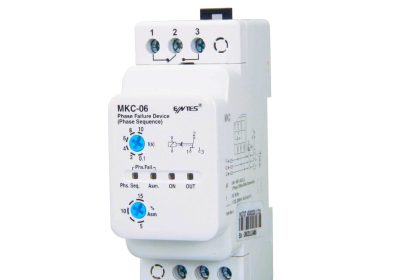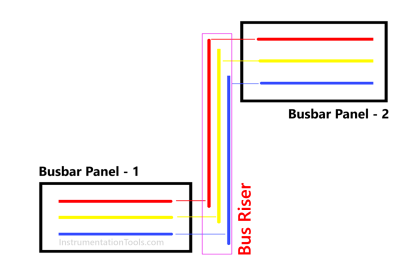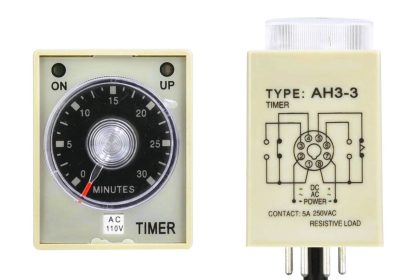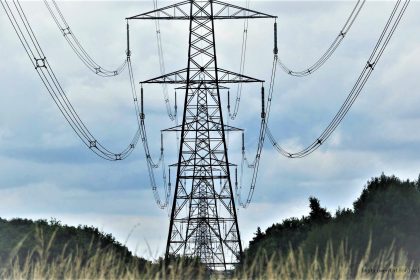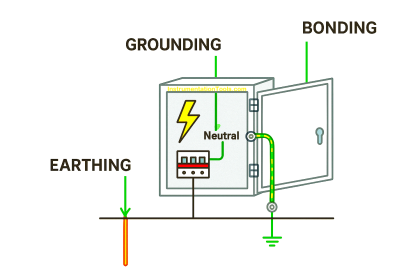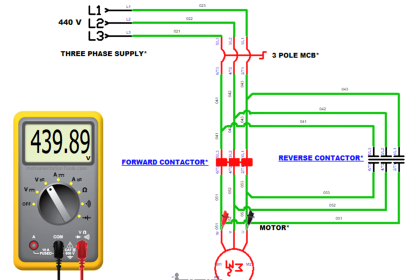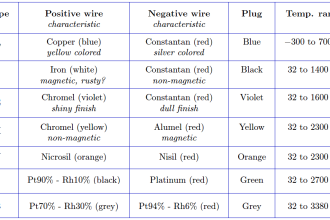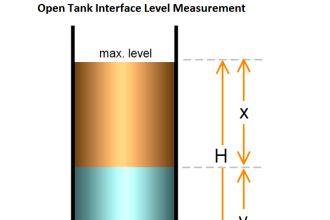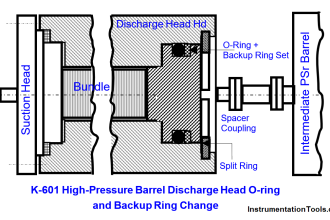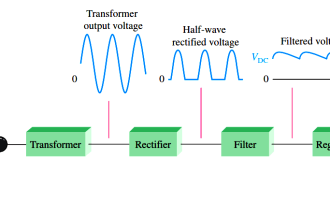The electrical grid is a very important part of power distribution. Be it power generation, transmission, or distribution, an electrical grid is a must for all these systems. Due to such a large amount of electricity handling involved in it, some proper and reliable control must be required in it.
Improper control can hamper the electricity cycle and harass hundreds of consumers in a very short span of time. So, industrial automation technologies are widely used in an electrical grid, to operate it safely and also handle load demands efficiently.
In this post, we will learn some general automation techniques used for an electrical grid.
Electrical Power Grid
First of all, let us understand what an electrical grid is. Electricity has three modes of operation – generation, transmission, and distribution. When electricity is generated, it needs to be transmitted to a substation first, and after the substation, it will be distributed to all the local consumers.
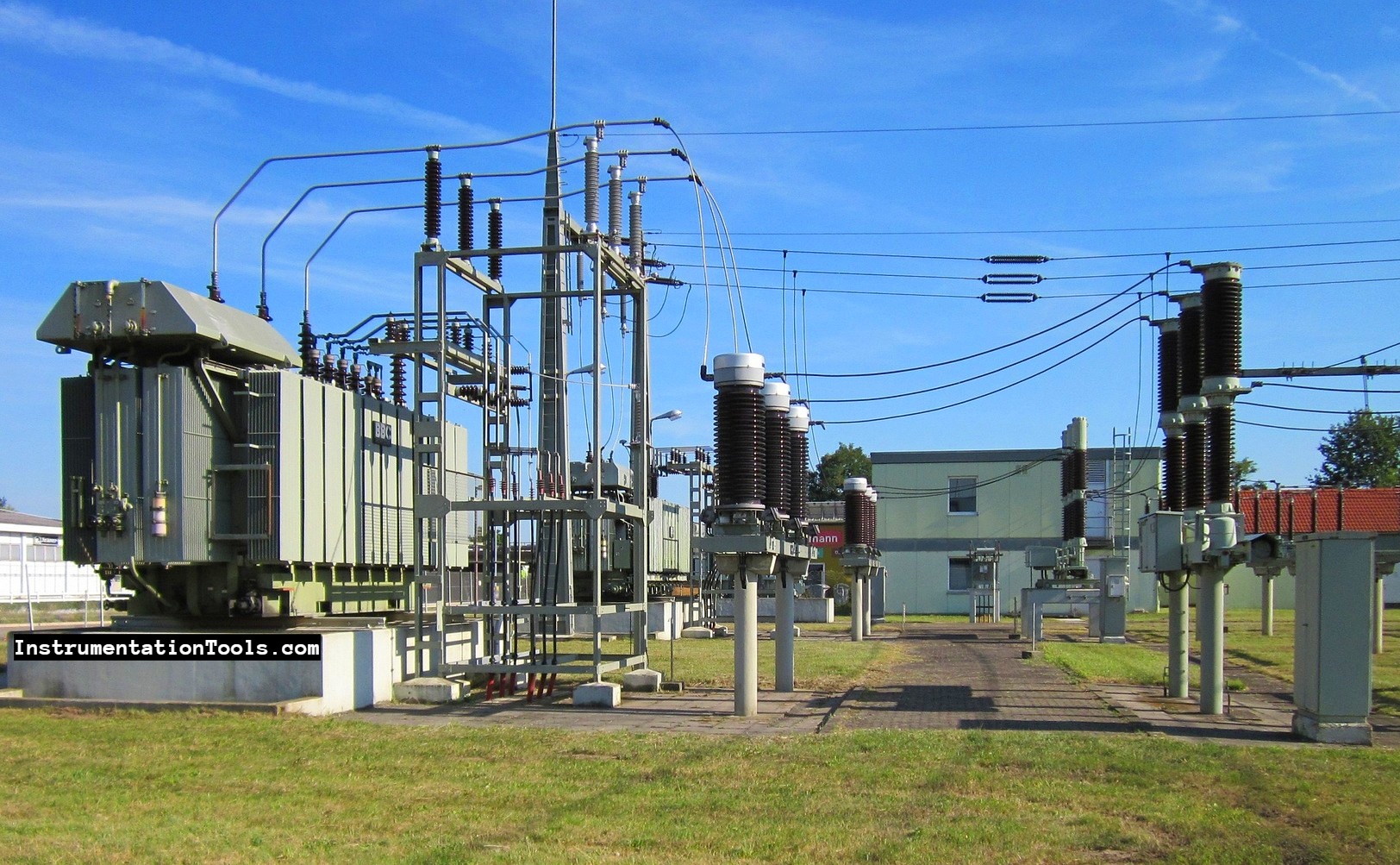
The substation handles the electricity at a local range. For example, suppose you are living in a radius of 500 sq. km; then you will have 2-3 substations that will manage the load distribution required in such an area for various types of consumers. But, this local range is not enough when consumers increase or when there is a requirement for an uninterrupted power supply for critical areas. In that case, a grid is required.
As the name implies, an electrical grid is a complete network of substations, power generation plants, and distribution centers. It operates in a very wide range and handles electricity for thousands of kilometers and even beyond.
The electrical grid comes in two types – regional and national. A regional grid will interconnect different substations and other systems; whereas a national grid will interconnect regional grids.
Smart Grid Automation
Because an electrical grid handles such a large amount of electricity, industrial automation is mostly used for smartly managing them. A large amount of data can be handled and security, and efficiency is increased to a great extent with the use of automation.
Let us have a look at some of the techniques of automation used in electrical grids.
- Solutions are available for advanced metering infrastructure and meter data management, which provide accurate data analysis and storage capabilities. Because energy meters are an integral part of electrical systems, due to these features, they can also be integrated with SCADA systems, providing historical trends and storing their data in a huge capacity. This can be used in increasing billing efficiency, network power inventory balancing, outage management, load profiling, forecasting, remote operation of meters from any SCADA system, and reporting.
- Electrical devices which employ automation data in them are built in such a way that they can survive harsh environments with ease. Also, they are highly electromagnetic compatible (highly resistant to electromagnetic noise). Due to this, you get data from them easily with any environmental condition, and helps to integrate with SCADA easily.
- Because energy devices are sharing such a large amount of data with network systems, cybersecurity is a must. They are equipped with cybersecurity features, to help them protect them from theft, hacking, or any other type of attack. This makes your data well-secured and reliable to use.
- Smart solutions in grid automation use optical fibre cables for handling data at large distances. If traditional wires were used, then data communication distance would be small and you would not get data quickly too. Such a lag in data is of no use in fast automation solutions for grid networks.
- With automation, you can have advanced earth-fault detection and protection, which helps in protecting the devices from damage.
- Almost everything, from voltage regulators to switchgear to sensors and controllers are integrated with enterprise-level software and secure communications, to increase productivity, efficiency and reduce costs.
If you liked this article, then please subscribe to our YouTube Channel for Instrumentation, Electrical, PLC, and SCADA video tutorials.
You can also follow us on Facebook and Twitter to receive daily updates.
Read Next:
- What is a Ground Rod?
- Types of Stepper Motors
- Electrical Conduit Seal
- Electrical Overheating
- Motors Efficiency Classes
